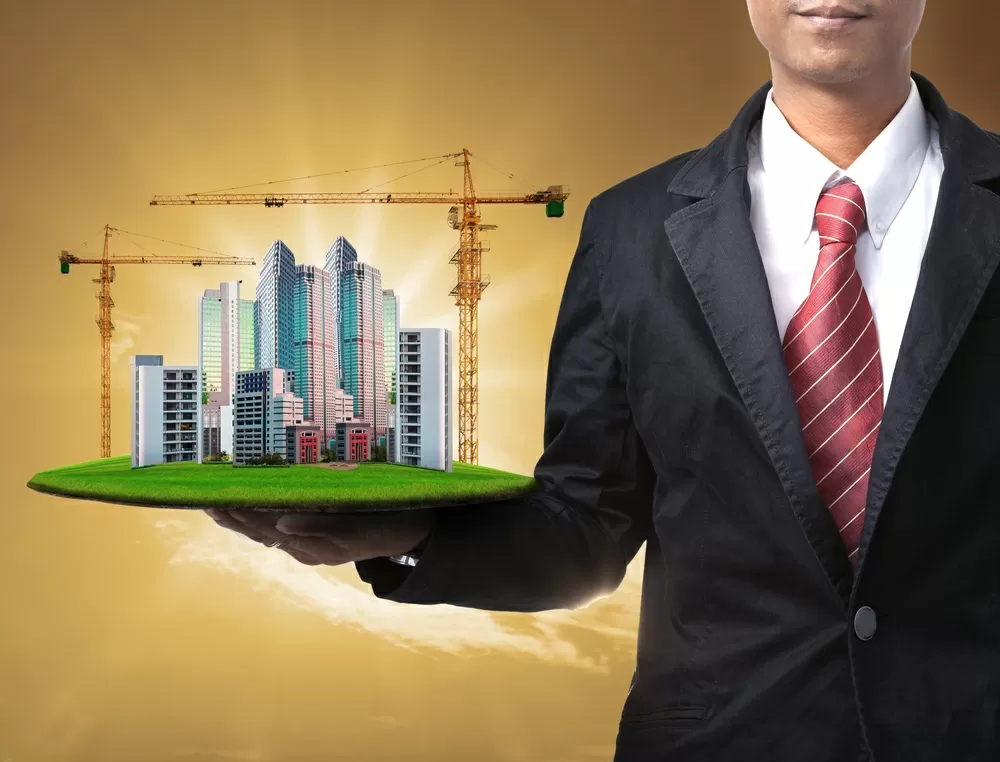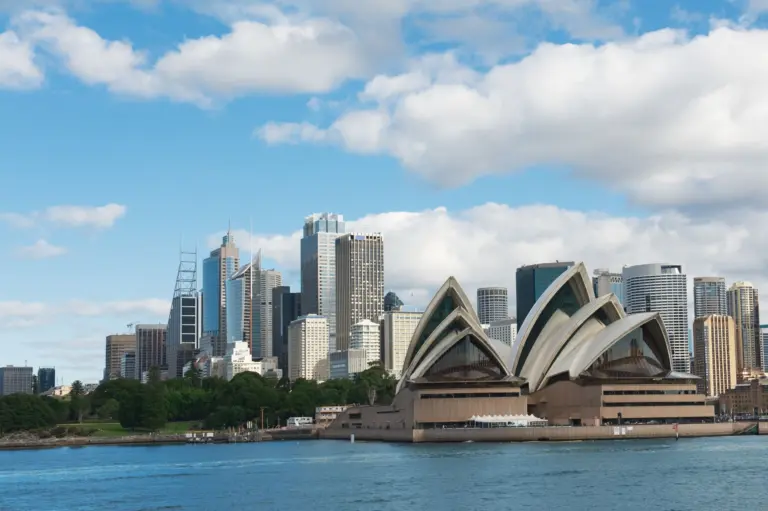Building Success: Inside Today’s Construction Business
The construction business has evolved, and we don’t just mean your bottom line. Sure, today’s projects may look a lot like yesterday’s on the outside, but if you look deeper, you’ll see a whole new world. We’re talking tech tools, client needs, and new regulations, and these changes are redefining what it means to be in the building business in 2025 and beyond.
So what’s really going on behind those hard hats? Keep reading, and let’s go behind the scenes.
The Landscape Has Changed (And is Still Changing)
If there’s one thing that holds true today and always will be, it’s that construction is hard work. End of story. Long hours, tight deadlines, fickle weather, constant surprises, red tape—bring it on.
But here’s the thing: there’s a whole new layer of complexity now. We’re talking supply chain issues, material cost hikes, labour shortages, the works.
And yet, with all of these challenges, smart businesses are not just surviving; they’re thriving.
Why? Adapt or die.
Construction companies are turning to automation, investing in safety like never before, upskilling staff, and rethinking their whole playbook.
It’s no longer just about how to get a job done but about how to get it done better, faster, more sustainably, and above all, smarter.
Technology: The New Toolbox
Ok, yes. Construction was (and in many ways, still is) low-tech, heavy on manual labour, and pretty straightforward.
But guess what? Welcome to the future.
And that means drones for surveying sites, augmented reality for visualising builds, project management software for collaborative planning, and so much more.
Ah, and we can’t forget about Building Information Modelling (BIM) software. This is the big one that’s changing everything.
Contractors can use it to design 3D plans with exact specifications and measure, before problems ever arise on site. Translation? Zero reworks and way fewer headaches.
The tools themselves are also getting a major upgrade. Yes, you read that right, tools.
We mean from self-driving equipment to quieter, cordless kit, the works. The result? Site visits that look more like something from a sci-fi movie (in the best way possible).
Green is the New Gold
Ok, next big game-changer? Sustainability.
Clients, especially in commercial and public work, are clamouring for eco-friendly builds. And they’re willing to pay top dollar to get it.
Recycled materials, energy-efficient designs, solar-ready roofs—this stuff is not a “nice-to-have” anymore. It’s an expectation.
And the builders who don’t get on board? Well, let’s just say they’re falling behind.
This demand is revolutionising the entire design-to-delivery process. From design elements to materials to construction methods, from aesthetics to long-term ROI to carbon footprints to regulations.
Yep, more and more cities are clamping down on emissions. And for contractors, meeting these new standards is a challenge, but a great opportunity. Think LEED certifications.
Not to mention machinery itself is going electric. More and more companies are making the switch to cut emissions, too.
The Workforce Puzzle
One of the most important things you need to be successful in today’s construction world? The right people. And finding them is the new big challenge.
The mismatch between the skills companies need and the available workforce is a glaring one.
Why? Fewer young people are getting into the trades. And older, experienced workers are retiring en masse.
The industry is upping its game to turn things around.
Outreach programmes, apprenticeships, raising awareness about the real-life benefits and opportunities of working in the building trades. Yes, there is more to it than meets the eye.
Gone are the days of outdated stereotypes. We’re in the age of robotics, AI, project management, green building, and the occasional skyscraper. You get the idea.
Companies that prioritise staff retention with training and development, mentorship, and clear career paths? Well, they’re winning the war for talent.
That’s because when you take care of your employees, they’ll take care of you. Win-win.
Safety Still Comes First
Ok, sure, safety has always been a priority in construction. But in the age of data? It’s more important than ever, and that means even more tech and tools to keep everyone out of harm’s way.
Think wearables for monitoring fatigue, alertness, posture. Think AI that can predict risks before they happen based on job site cameras or flag trends from past incidents to prevent future accidents.
All of it makes safety more proactive than reactive, and companies are reaping the benefits in terms of staff health, reputation management, and lower legal costs and less downtime.
It’s a no-brainer.
Diversification is Key
Construction has never just been one type of building, whether you’re talking homes, commercial, or industrial. But the companies that are doing well today? They’re the ones that are diversifying.
Think infrastructure, energy projects, healthcare facilities, modular homes, and more. Yes, more and more companies are embracing the design-build approach to control more of the project and, let’s be real, more of the money.
And if you’re not sure where to start with diversification? Simple. Follow the money.
When your bread-and-butter sector cools, the others are heating up. Be ready to pivot. Flexibility is king.
Behind the Scenes: Tools That Power Progress
Of course, construction sites are full of big machines. But even the unsung hero tools are making waves. We’re talking the little guys, the ones that help you do what you do.
Like a trusty metal lathe . This is your workhorse for precision shaping and turning metal parts in a fabrication shop. Whether you’re making custom pipe fittings or precision components for equipment, the lathe plays a vital role in today’s projects, especially when complex metalwork is involved.
And while it’s not exactly glamorous, we like to think that in construction, reliability is king.
Call us old-fashioned, but it’s still very much a workhorse for a reason. This doesn’t mean, however, that smaller construction businesses are phasing out up-to-date tech. In fact, the opposite.
Then there are the machines that help make the materials used in construction—like custom extruders. These powerful systems shape everything from bricks to industrial-grade ceramics.
A leader in this space, The Bonnot Company, provides high-performance extruders that manufacturers rely on to produce consistent, high-quality building materials at scale.
Whether it’s shaping refractory clays for construction linings or custom profiles for energy-efficient structures, Bonnot’s technology plays a foundational role—literally—in how we build smarter and faster.
It’s safe to say that toolkits are more specialized than ever. Companies that invest in the right gear for their teams—and keep it maintained and in top shape—are already miles ahead of the pack.
Building Relationships, Not Just Structures
It’s no secret that construction is about relationships. But in today’s world, transparency, trust, and communication are more important than ever.
Clients, subs, architects, city inspectors. We need to keep them all happy and in the loop to do well. Clear expectations, rapid communication, and transparency? It will always pay off.
On the other hand, in the days of Google reviews and social media? Bad reputation can linger for years (trust us, we’ve seen it).
The good news? Word of mouth and online testimonials are free marketing that keeps you full of work without spending a dime on ads.
Point is: don’t underestimate the value of being a pleasure to work with. It’s one of your best tools.
Future-Proof Your Business
Let’s face it: construction is tough. Low margins, delays, regulations: the list goes on. But here’s the thing: there are opportunities galore for those smart and tenacious enough to look for them.
We’re talking companies that are investing in people, tech, safety, and yes, sustainability.
Businesses that are embracing and driving the changes instead of resisting them, too. They’re already reaping the rewards, and the ones who stay agile, curious, and ahead of the curve will only get better and better as the years go on.
It’s not about being the biggest player in town. It’s about being the smartest.
Final Thoughts
Construction in 2025 isn’t about just putting walls or pouring concrete. It’s about having vision, adaptability, and smart planning.
It’s about knowing which trends are worth taking on and which to avoid. And it’s about staying true to yourself and your values while also recognising when to evolve.
Yes, it can be hard. But in construction, the destination always makes the journey worthwhile.
So if you’re in the game, or even thinking about joining the party, now’s a really good time to be building. With the right tools, people, and mindset, you won’t just construct projects. You’ll construct success. And that’s something worth hanging your hat on.







